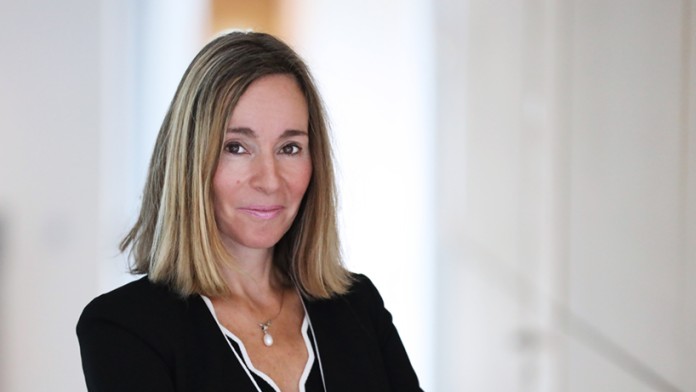Press Release from 2022-08-02 / Group
KfW Credit Market Outlook
Strong growth on the credit market in the first quarter, trend reversal expected towards the middle
- Growth in new lending rises to 15.5% in the first quarter of 2022; increase expected in the second quarter
- The drivers are interest rate hedging and precautionary measures
- Weaker business activity and the interest rate reversal curb momentum from summer onwards
According to KfW Research figures, new lending by German banks and savings banks to companies and the self-employed showed a robust increase in the first quarter of 2022. Compared to the same quarter in 2021, new bank loans grew by 15.5% after increasing strongly in the fourth quarter of 2021 (+9.5%). Current growth in new bank lending is therefore significantly stronger than at the beginning of the coronavirus pandemic. In the just completed second quarter of 2022, growth in new lending is likely to rise again slightly to 16.5% before a trend reversal takes hold in the newly begun third quarter as a result of the slowdown in economic activity and the change in the direction of interest rates.
The extremely dynamic credit growth we are currently witnessing is probably linked, on the one hand, to the growth in company investments, which has outpaced GDP growth. These have been driven by favourable weather conditions (for the construction sector) and catch-up effects in the wake of two recent setbacks. On the other hand, the war in Ukraine and the Chinese government’s strict pandemic policy have buoyed demand on the credit market. High levels of uncertainty are likely to dampen corporate demand for investment in the medium term, which will also impact the demand for loans. In the short term, however, precautionary motives are a dominant factor in pushing up financing requirements. Companies want to finance larger inventories in order to cushion the effects of disrupted supply chains. In addition, high levels of inflation are putting pressure on costs, since working capital and capital goods are also becoming nominally more expensive.
In the first quarter, the interest rate level is also likely to have had a considerable impact once again on the demand for credit. While the dramatic rise in inflation rates in recent months has been accompanied by an increase in the yield curve – especially at the long end – the interest rate reversal announced by the ECB has led to signs of a flattening of the curve. With the expectation of a further rise in credit costs, the desire to hedge interest rates is also likely to have played a role.
“The trend reversal on the credit market is just around the corner: after a strong performance in the first half of the year, war, the economic slowdown and credit costs will put the brakes on new credit business in Germany in the second half,” says Dr Fritzi Köhler-Geib, Chief Economist at KfW. “The economic impacts of the pandemic are indeed subsiding as a result of the rollback of many health-policy measures. However, the Russian invasion of Ukraine brings with it considerable costs for the German economy – costs that could well take the steam out of the pandemic recovery. In addition, disrupted supply chains and the high price of energy and other inputs are factors driving the more restrictive lending standards of the banks.”
Please note: KfW Research draws up the KfW Credit Market Outlook every quarter exclusively for Handelsblatt. You can download the current edition at:
www.kfw.de/kreditmarktausblick


Share page
To share the content of this page with your network, click on one of the icons below.
Note on data protection: When you share content, your personal data is transferred to the selected network.
Data protection
Alternatively, you can also copy the short link: https://www.kfw.de/s/enkBbm2w.Cv_A
Copy link Link copied